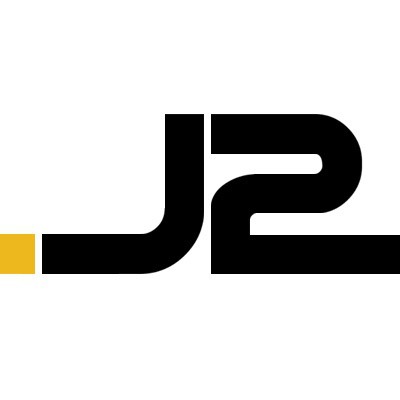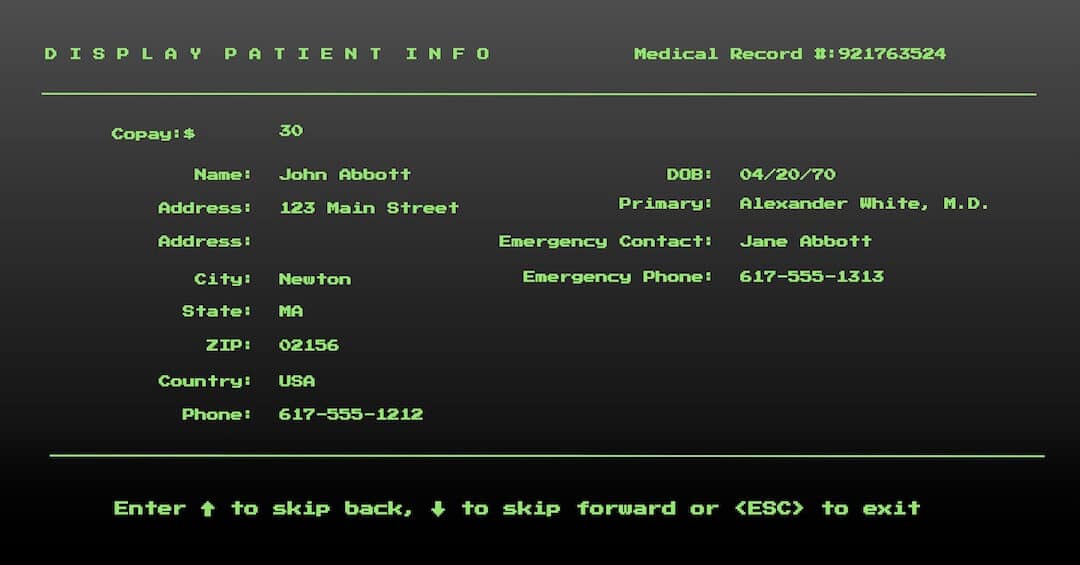Updated: October 16, 2019
 There are some excellent cloud technologies available to Healthcare Call Centers. These include Salesforce Health Cloud and Cloud Contact Center Software from Vonage’s NewVoiceMedia.
There are some excellent cloud technologies available to Healthcare Call Centers. These include Salesforce Health Cloud and Cloud Contact Center Software from Vonage’s NewVoiceMedia.
But before we get into the technology, let’s look at healthcare call centers from a strategic level.
In recent years, the consumerization of healthcare has caused organizations of all sizes to revisit a fundamental question:
Are we treating patients or are we serving customers?
The definition of a customer is “a person or organization that buys goods or services from a business.”
Many healthcare organizations have learned that the people they serve are patients and customers. Patients expect to be treated as both—which one depends on the type of interaction.
A provider interacts with a patient on a care level. A call center agent interacts with a patient on an information and issue resolution level.
Many healthcare organizations have been slow to adapt to what patients expect as customers. The result is often a poor perception of customer service. This, in turn, can lead to abandonment on the part of existing and prospective patients.
Inferior customer service results in over 41 billion dollars in lost revenue for US companies every year. This includes losses for healthcare organizations.
The Role of a Call Center in Healthcare
Whether it’s a team of two or two hundred, almost every healthcare organization has some form of patient or member services call center. This team is the central point for pre- and post-care customer interactions, including:
- Present the patient record to the call center agent as the call comes in
- Provide nurse triage in the context of a care plan
- Field after-hours calls and only contact a provider if needed
- Connect primary care patients with specialists
- Follow up on the patient experience with referred-to providers
- Allow for centralized scheduling
- Facilitate post acute care outreach
- Register new patients
- Report on the economic value of call center interactions
In 2014, a study revealed that sixty-eight percent of all customer service interactions were over the phone. While the percentage may have dipped since, it’s still critical to make sure that customer service agents have the tools and training they need to provide the highest level of service possible.
While some call centers have gotten it right, many have not. For years, many healthcare organization leaders considered their call centers a “cost center”. The call center has been a necessary expense for handling complaints and low-level administrative tasks. As such, many organizations have not invested enough in these centers.
Plus, the right technological tools simply weren’t available in the past. So, even large investments did not always produce the desired results.
Shifting The Healthcare Customer Service Paradigm
With the shift in patient expectations, managers at healthcare organizations have been adapting their thinking.
Rather than being an unwanted, yet necessary expense, healthcare call centers have become one of the best opportunities for increasing patient engagement and improving the patient experience.
In some organizations, the customer service side of the patient relationship is akin to that of the hospitality industry.
While healthcare providers are primarily dedicated to personal health, a healthcare relationship can’t be achieved when a potential patient never becomes a registered patient.
Taking Advantage Of Technology
One of the necessary components for improving a healthcare organization’s customer service capabilities is new or upgraded call center software.
Because many healthcare organizations have under-invested in their customer service technology over the years, the software programs available to agents are often outdated applications—still “green screen” in some cases.
Increasingly, healthcare organizations are looking to cloud vendors such as Salesforce, which offers a suite of solutions—the aforementioned Health Cloud, plus Service Cloud and Live Agent. These capabilities can help transform healthcare customer service into a multifaceted department that drives engagement and long-term patient retention.
The exact blend of cloud ingredients will depend on the unique requirements of a healthcare organization. Agents will be able to take advantage of features such as:
- Comprehensive access to patient demographic data (but not private health data)
- Logging of call notes and recording of email threads
- An internal Google-like search for providers and other information
- A live chat option for prospective patients and patients to speak with agents
- A video “chat with an expert” option
With sufficient internet bandwidth, scalable cloud-based customer service software like Salesforce eliminates the dreaded “I’m sorry, our computers are running slowly today.” The IT department is no longer directly responsible for software performance.
The Omni-Channel Call Center
Patients are more connected than ever. They connect in more ways than they ever did. This makes it important for the call center technology to mesh with connection points that include:
- Phone
- Text/SMS
- Websites
- Chat
- Mobile apps
- Social media
- Community
- Two-way video chat
The history of patient interactions through each patients channels of choice needs to be visible to the call center agents.
Committing To Customer Service
A healthcare call center can exist in any size organization. The most important piece of the puzzle is understanding the impact that good customer service can have and committing to needed updates and changes.
Service teams are often the first point of contact for new patient inquiries and acquisition. Empowering service teams with the tools and knowledge they need will improve an organization’s new patient acquisition rate.
New call center software will not, on its own, transform a given healthcare organization’s customer service operations. But with careful evaluation, planning and implementation, software will help an organization deliver a superior customer experience.
Improve Your Call Center With Salesforce Health Cloud
 J2 Interactive is a Salesforce Silver Consulting Partner. Our Salesforce group focuses exclusively on solutions for healthcare and life sciences organizations.
J2 Interactive is a Salesforce Silver Consulting Partner. Our Salesforce group focuses exclusively on solutions for healthcare and life sciences organizations.
To discuss how Health Cloud can create improvements within your call center, please get in touch with us.




